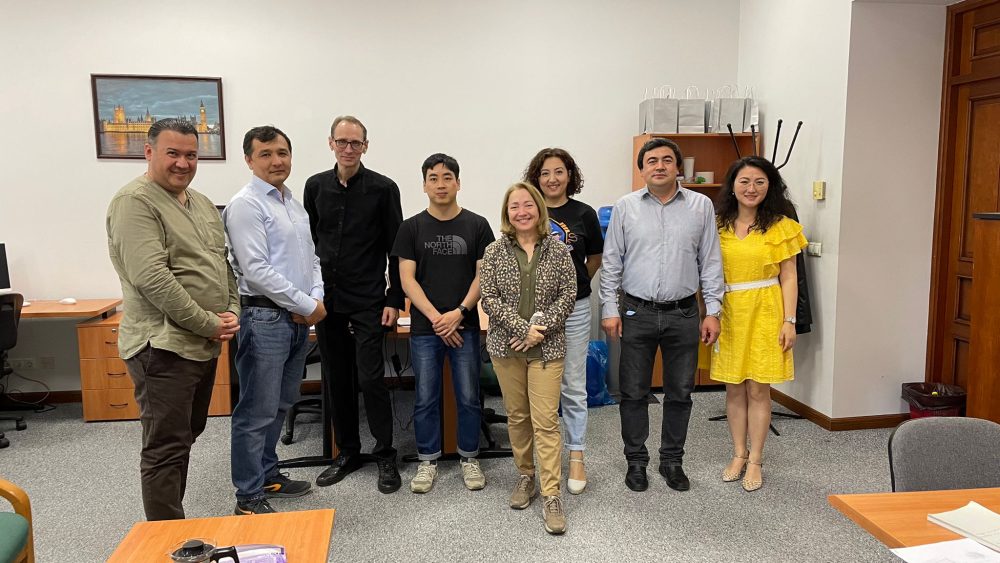by Meral Balci, Marmara University
Hello, I am Associate Professor Meral Balcı, a researcher and lecturer at Marmara University, Turkey. I have been working in the Department of International Relations.
I was seconded to the Department of Law at Westminster International University in Uzbekistan for two months as a researcher on the EU-funded Project called Central Asian Law. My study focused on women’s representation and participation in political life in Uzbekistan. For this reason, I stayed in Tashkent, the capital city of historic importance, and had an unforgettable experience for four months. As soon as I arrived in Tashkent, the first thing I realized was the sophisticated culture and historical landscape in Uzbekistan. My first impression is of people in Uzbekistan who are so warm and hospitable.

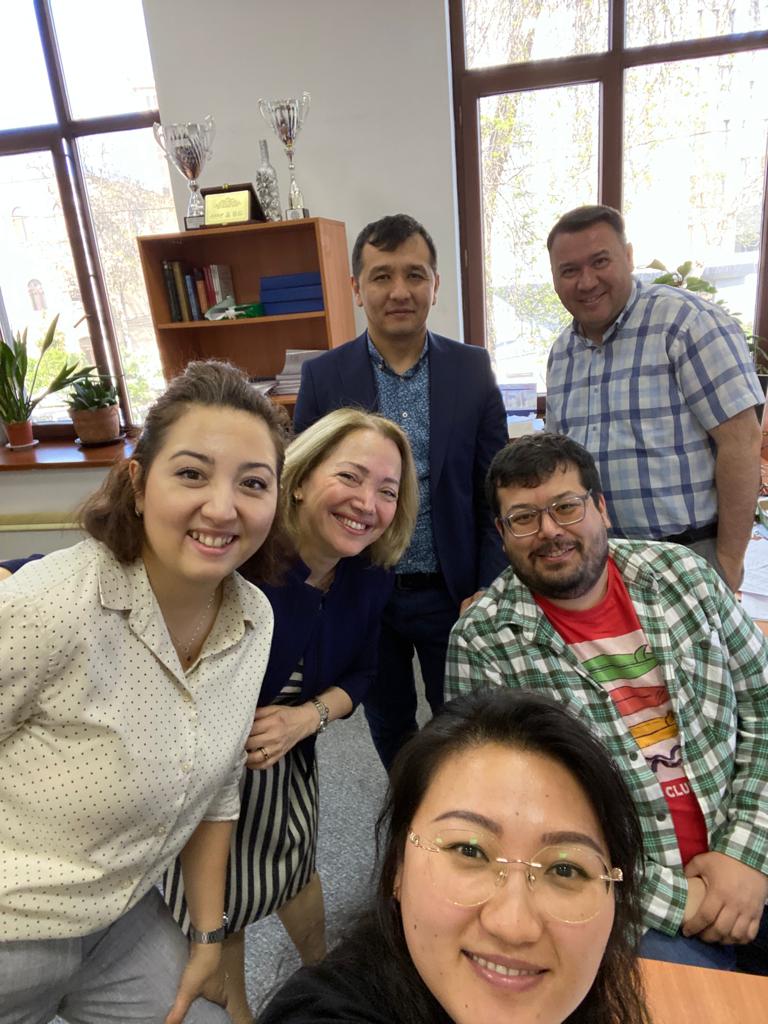
From the first day of my arrival in Tashkent, I tried to discover and experience the city. As Tashkent was reconstructed after the earthquake of magnitude 8 which destroyed the city completely in 1966 turns into a very pleasant city with wide boulevards, large parks, and green areas. Wherever you go, you see huge trees and large parks to walk, run, sit even take a nap on the benches. I spent hours walking in the parks, eating famous Uzbek somsa, like Italian panzerotti, and talking to the birds walking nearby.
While talking about the city, I don’t get a chance to mention the Uzbek underground system. Uzbekistan has an underground system built in 1977 with clean stations decorated elegantly. I took these photos in front of the Metro Kosmonavtov station, where you can see the footsteps of the space traveler. P.S. I cannot pass by without talking about the Uzbek-originated cosmonaut Vladimir Dzhanibekov, whom Uzbeks are proud of.
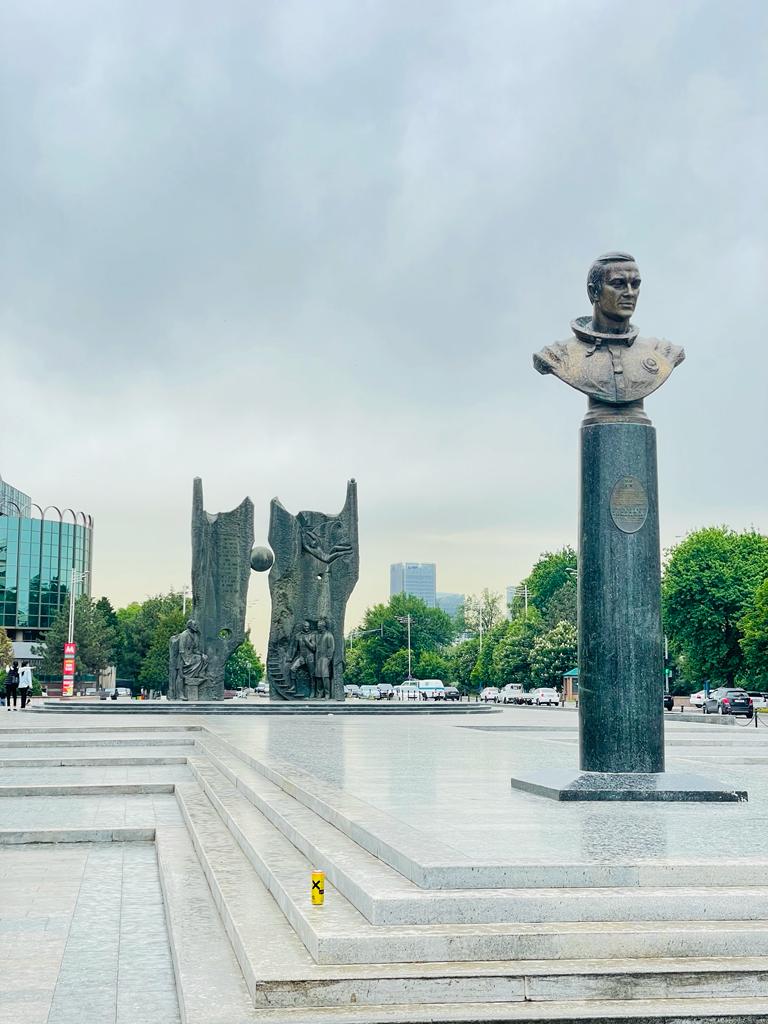
What impressed me most was that the city changes its peculiarity by 200 meters. While walking through the streets, still reflecting the years of the 11th or 12th centuries, you suddenly go through very modern ones covered by skillful artists’ paintings, and music coming from street musicians as in Mustafa Kemal Atatürk Street, which is well-known as Broadway Street. It is easily understood that giving the name of the founder of the Turkish Republic to a very famous street shows the roots of Turkish-Uzbek relations go back a long way.
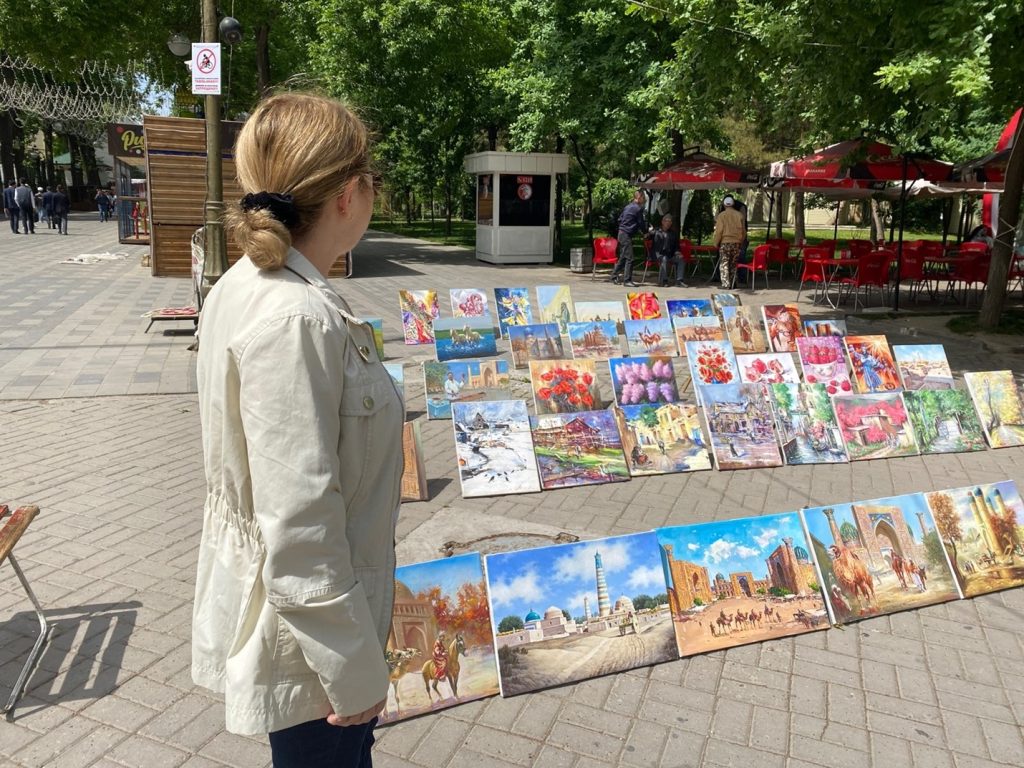
Since Uzbekistan is one of the countries that are culturally closest to the Turks, seeing cities such as Tashkent, Bukhara, Samarkand, and Khiva and meeting Uzbek people gave me emotional moments in terms of understanding my roots and cultural values. The people and customs are very familiar. The names of many cities in Turkey are the same here. When Uzbeks realize that I am Turkish, they show their immense hospitability. I have not had difficulty understanding their language since lots of Uzbek words same in Turkish. Most of the Uzbek intellectuals are well-known in Turkey, like Alisher Navoi, a statesman and scientist who valued the Turkish language and is one of the important figures of Uzbekistan and Turkish history. In Tashkent, you can find lots of works reminding him, such as the walls of the metro station named after him and a monument built in the Magic City of Tashkent, the Opera House, parks, and names of the streets.
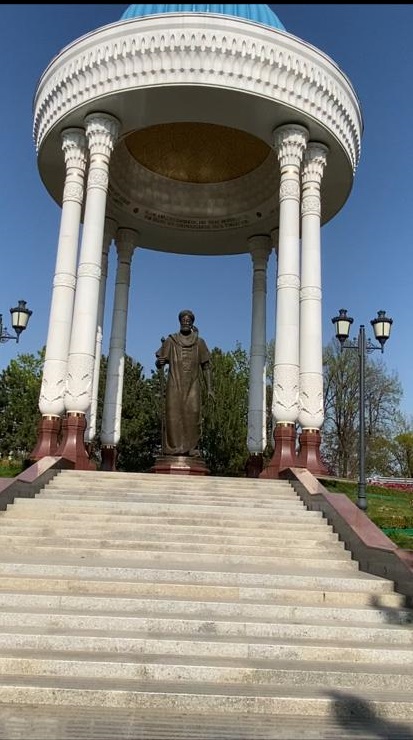
I have been to the Alisher Navoi Opera House many times since they have been performing very famous operas and ballets; in addition, ticket fees are very cheap here. Once I have been to İlkhom Theatre, a well-known theatre in Tashkent, and watched a play written by a famous Uzbek writer Abdullah Kadiry. Uzbekistan is known for its playwrights and poets, most of whom were executed during the 1938. Their statues can be seen in the famous Milliy Bog.
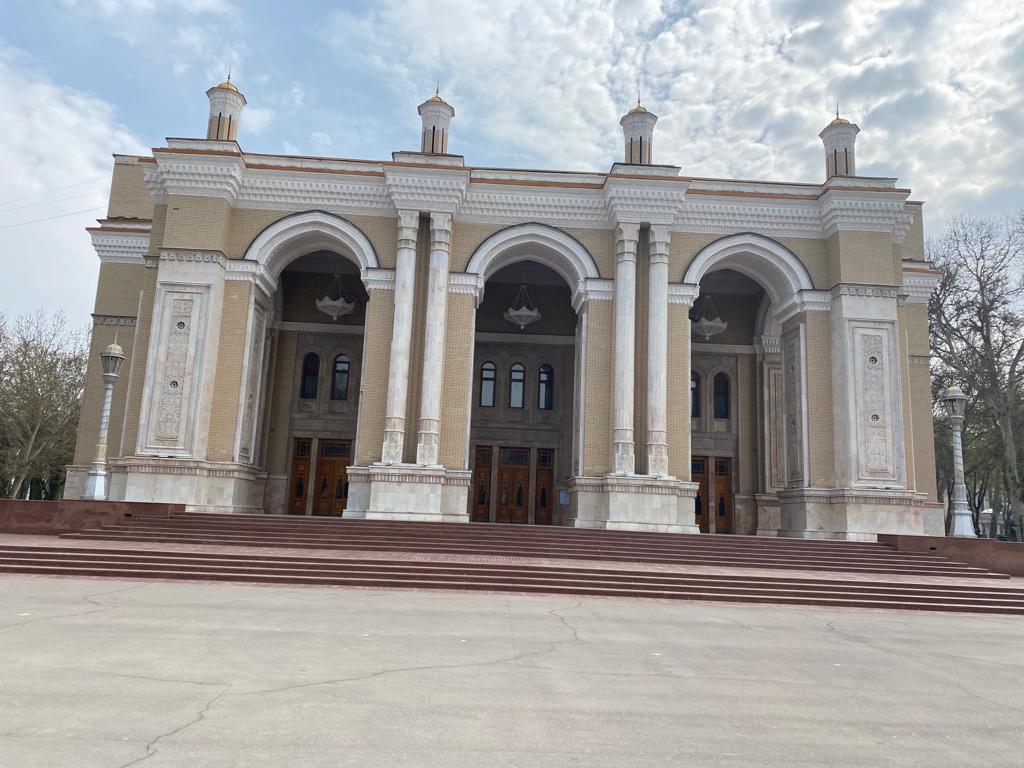
When I was in Tashkent, Turkish National Day, the 23rd of April-Children’s Bayram, was celebrated in one of the Turkish schools. I went there and watched the ceremonies prepared by the school with the help of the Turkish Embassy. The Turkish ambassador and his wife, who were very friendly, were there too, they had successfully coordinated all the celebrations, which made me proud of my country.
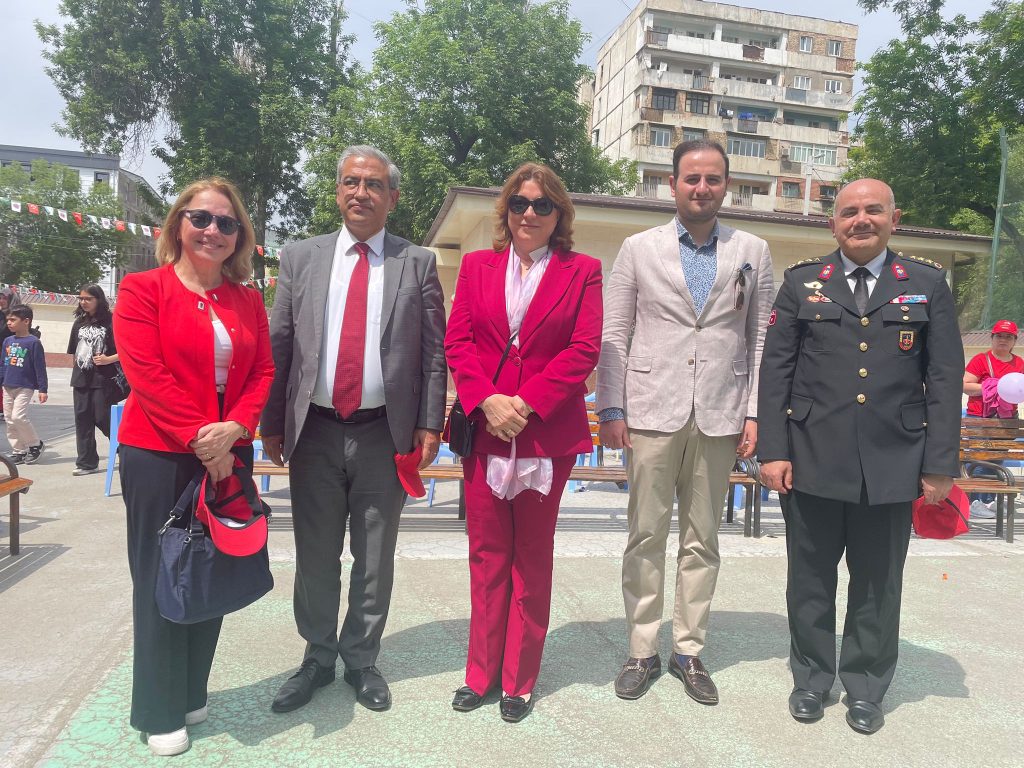
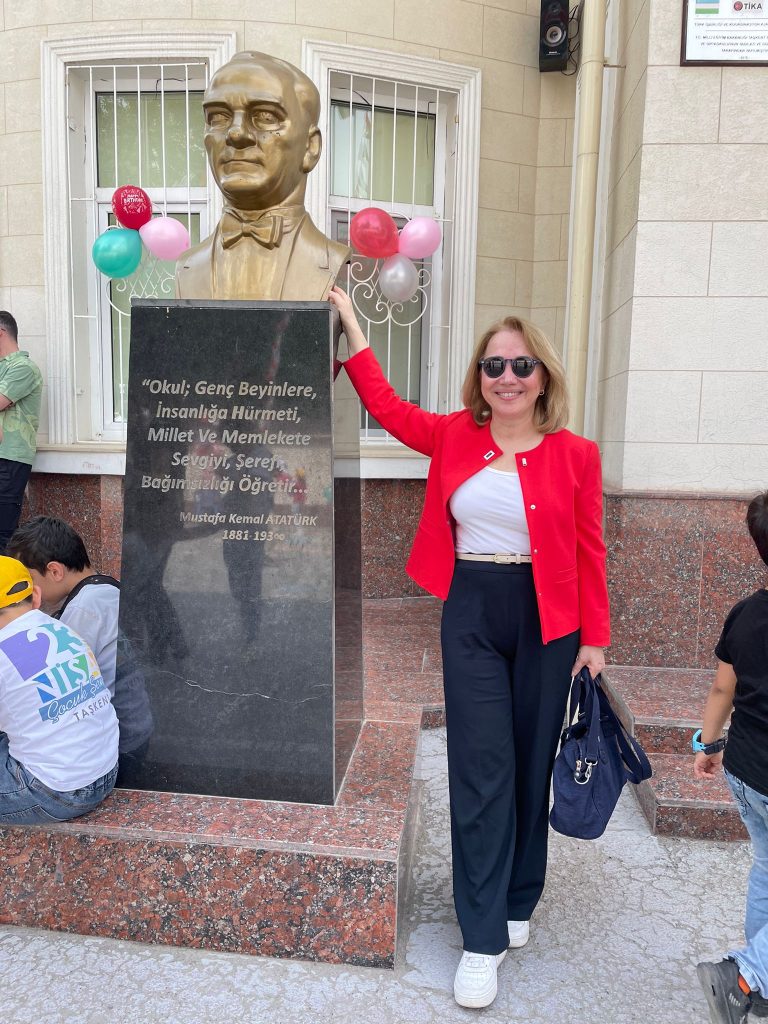
After working hours at the university, I spent a lot of time outside to discover the city before going to the dormitory. What’s more, after work as the days are long, my friends and I went on a sightseeing on the weekends. I traveled the country and posted photos and videos on my social media accounts. I made several interviews with high-profile women politicians in Uzbekistan, such as some senators from the Senate, deputies from the Parliament, academicians, and businesswomen.


Photo 8. Interview with senators from the Senate, and deputies from the Parliament
When I was in Uzbekistan, I had an opportunity to witness two elections: the April 30 referendum on the new constitution, and 9th July- the elections of the presidency. In both elections, Uzbek people were very calm and far from the excitement about the campaigns compared to the campaigns and elections held in Turkey a month ago.
During my stay in Uzbekistan, I had the opportunity to visit some cities of historically important namely Samarkand, Bukhara, and Khiva. After completing my research in Tashkent, I discovered these famous Uzbekistan cities. My first stop was Urgench, which opens the doors of Khorezm. And I directly flew to Urgench since it was a very long way to the capital city of Tashkent. After having spent a night in Urgench I set off for Khiva, the first site to be inscribed in the World Heritage List in Uzbekistan in 1991. Khiva consists of two parts; Dichan Kala, the outer part of the city, and Ichan Kala, the inner part of the city. The real symbol of the city is the Minaret of Kalta–Minor, the monument of oriental architecture. Its design, 29 meters height, and color made this minaret unique.

After discovering the main tourist attractions of Khiva, I set off for Bukhara, which was also an attractive city. I saw some famous landmarks in the city. One of them is Kalyan Minaret, 45.6 meters in height. It is also known as the Tower of Death because criminals used to be executed by being thrown from the top. I spent a day in Bukhara and tried the famous Bukhara Pilow, which was delicious. The next day I got on Afrosiyob, the fastest train, to Samarkand, the center of the Timurid Empire. Amir Timur is loved in the region. The observatory, located in the city had been built by Ulug Beg, who is both the ruler and scientist and the grandson of Timur. The observatory is considered the most advanced of its time and important in the history of science and was later established in Istanbul.

The borders of the Timurid Empire also included Turkestan within the borders of today’s Kazakhstan, where he had the mausoleum of Ahmet Yesevi built. I had a two-day trip to Shymkent and Turkistan cities in Kazakhstan and visited the tomb of Ahmet Yesevi. When I was there, I went to Turk-Kazakh University and talked to the rector of the university and told her about our project. She was interested in our project and told me that she wanted to take part in such EU projects.
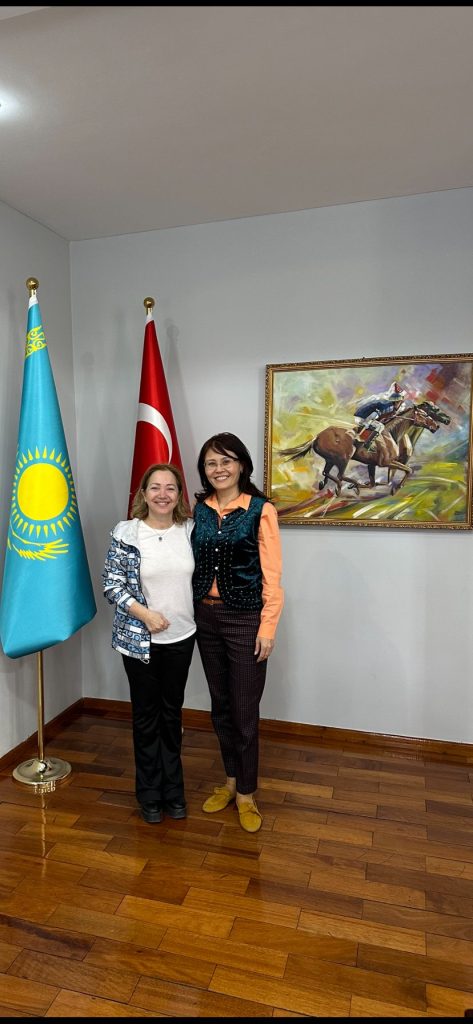
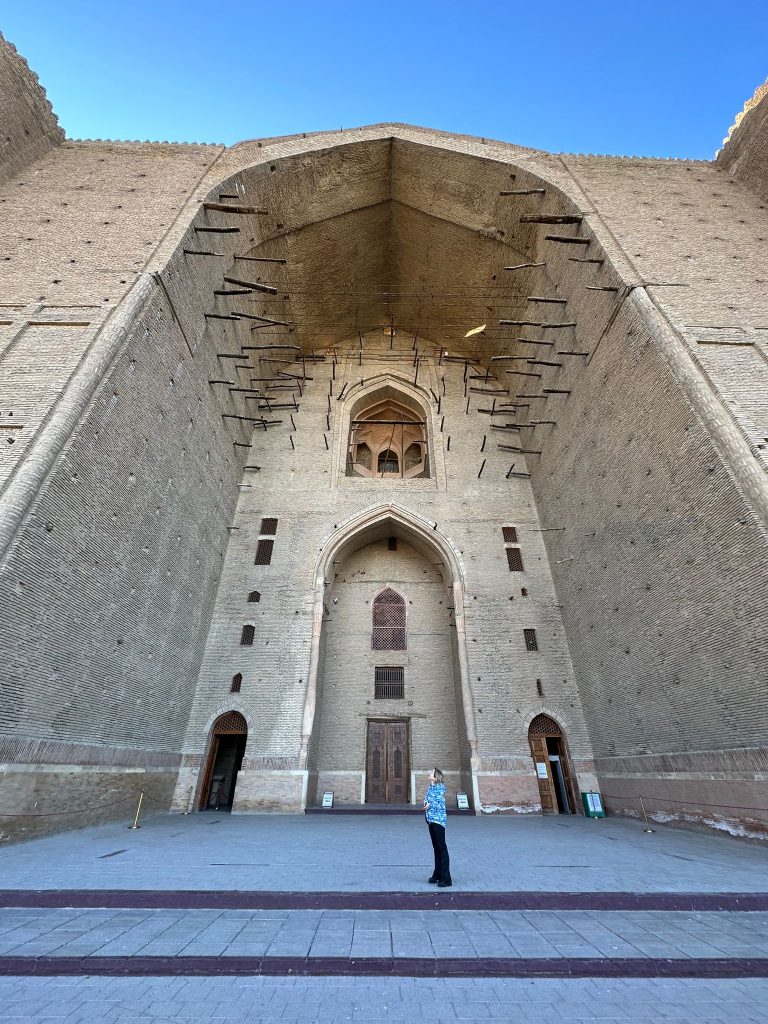
13. Rector of the Yesevi University, Yesevi Tomb, on the way to Turkistan

